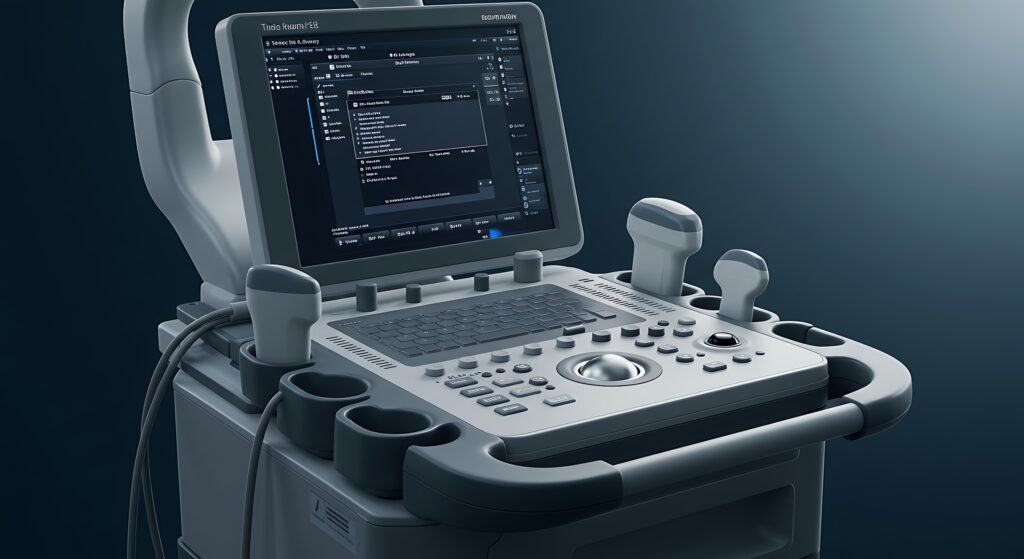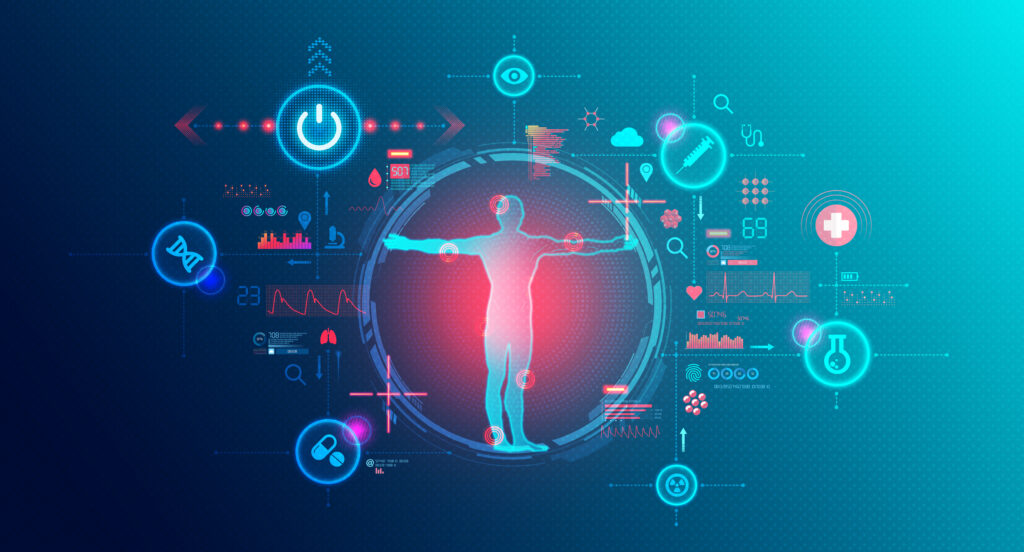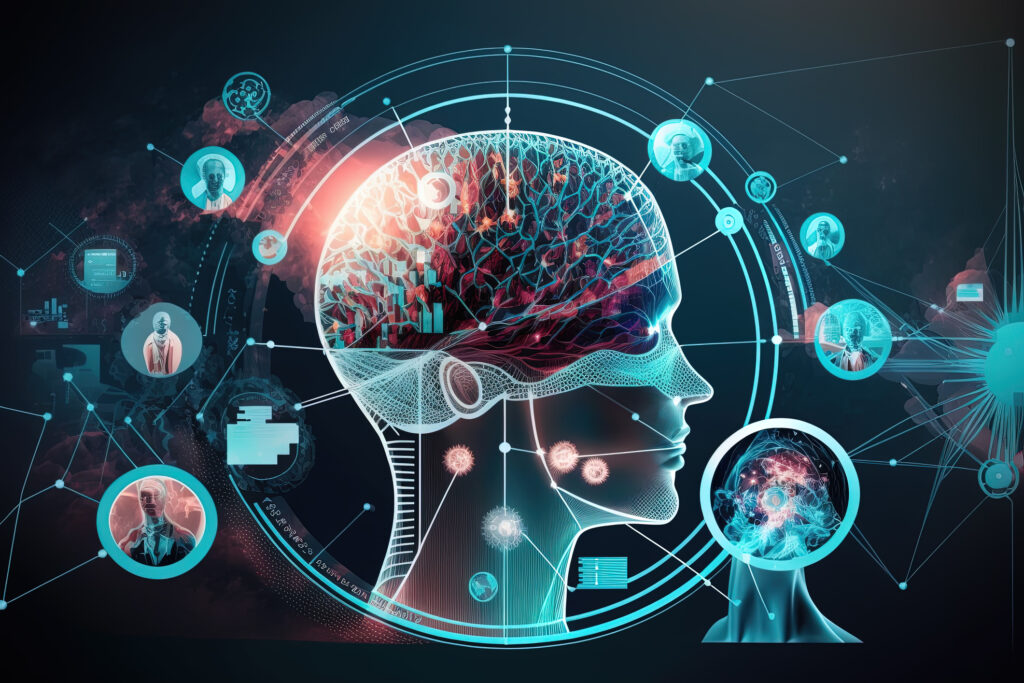Types of medical devices encompass a broad range of products essential for diagnosing, preventing, and treating diseases and medical conditions. They vary from simple instruments like thermometers to complex machinery like MRI scanners. This field’s regulation, classification, and innovation are crucial for ensuring safety and efficacy. This article looks into the definition, types, regulations, and future trends of medical devices, offering a comprehensive overview of their importance in modern healthcare.
Introduction to Medical Devices
Medical devices play a pivotal role in the healthcare industry, facilitating the diagnosis, prevention, monitoring, and treatment of various medical conditions. These devices range from everyday items like bandages to sophisticated diagnostic machines. Understanding what constitutes a medical device, their categories, regulatory frameworks, and future trends is essential for appreciating their significance in healthcare.
Definition of Medical Devices
Medical devices are instruments, apparatuses, machines, or implants that are used for medical purposes. They are designed to diagnose, prevent, monitor, or treat diseases or medical conditions without exerting a primary chemical action within or on the body (unlike pharmaceutical drugs).
Types of Medical Devices
- Simple Devices: Thermometers, bandages, and stethoscopes.
- Intermediate Devices: Blood glucose meters, hearing aids, and nebulisers.
- Complex Devices: MRI scanners, pacemakers, and robotic surgical systems.
Classification of Medical Devices
Medical devices are classified based on their intended use, potential risks, and complexity. The classification systems vary by region but generally follow a risk-based approach.
European Union Classification
In the European Union, medical devices are classified into four main categories:
- Class I: Low risk (e.g., bandages, surgical instruments, non-invasive therapy devices).
- Class IIa: Medium risk (e.g., dental fillings, ultrasound scanners).
- Class IIb: Higher risk (e.g., infusion pumps, ventilators).
- Class III: High risk (e.g., heart valves, implantable defibrillators).
United States Classification
In the United States, the Food and Drug Administration (FDA) classifies medical devices into three classes:
- Class I: General controls (e.g., elastic bandages, examination gloves).
- Class II: Special controls (e.g., powered wheelchairs, infusion pumps).
- Class III: Premarket approval (e.g., pacemakers, stents).
Regulation of Medical Devices
Regulatory frameworks ensure that medical devices are safe and effective. Different countries have regulatory bodies and standards.
European Union Regulation
The European Medicines Agency (EMA) and the European Commission oversee the regulation of medical devices in the EU. The key regulatory frameworks are the Medical Device Regulation (MDR) and In Vitro Diagnostic Regulation (IVDR).
United States Regulation
The FDA regulates medical devices in the United States under the Federal Food, Drug, and Cosmetic Act. The FDA’s Centre for Devices and Radiological Health (CDRH) is responsible for ensuring the safety and efficacy of medical devices.
The Lifecycle of a Medical Device
The lifecycle of a medical device involves several stages, from concept to market and beyond.
Research and Development
The R&D phase involves conceptualising, designing, and developing a prototype. This stage requires significant investment and innovation.
Clinical Trials
Before a device can be marketed, it undergoes clinical trials to ensure its safety and effectiveness. These trials are conducted under strict regulatory guidelines.
Approval and Marketing
Once a device has passed clinical trials, it must be approved by the relevant regulatory bodies. After approval, the device can be marketed and distributed.
Post-Market Surveillance
Even after a device is on the market, it is continuously monitored for safety and performance. Adverse events are reported and analysed to ensure ongoing safety.
Types of Medical Devices
Medical devices can be broadly categorised based on their function and application.
Diagnostic Devices
These types of medical devices are used to identify diseases and conditions. Examples include:
- Imaging Devices: MRI, CT scanners, X-rays.
- In Vitro Diagnostic Devices: Blood glucose meters, pregnancy tests.
Therapeutic Devices
Therapeutic devices are used to treat medical conditions. Examples include:
- Surgical Instruments: Scalpels, forceps.
- Implants: Pacemakers, joint replacements.
Monitoring Devices
These devices monitor vital signs and other health parameters. Examples include:
- Wearable Devices: Fitness trackers, heart rate monitors.
- Clinical Monitoring Devices: Blood pressure monitors and ECG machines.
Innovation in Medical Devices
The medical device industry is continuously evolving, driven by technological advancements and innovative approaches.
Digital Health
Digital health integrates technology with healthcare to improve patient outcomes. Examples include telemedicine, mobile health apps, and wearable health devices.
Artificial Intelligence
AI is increasingly being used in medical devices for diagnostics, treatment planning, and personalised medicine. AI-powered imaging devices can enhance diagnostic accuracy and speed.
Robotics
Robotic systems are revolutionising surgical procedures, allowing for minimally invasive surgeries with high precision. Examples include robotic-assisted surgery systems like the Da Vinci Surgical System.
Challenges in the Medical Device Industry
The medical device industry faces several challenges, including regulatory hurdles, market competition, and technological complexities.
Regulatory Compliance
Manufacturers find it challenging to navigate the complex regulatory landscape. Compliance with international standards and regulations is essential but often cumbersome.
Innovation and Cost
While innovation drives the industry forward, it comes at a high cost. R&D investments are substantial, and the return on investment can be uncertain.
Market Competition
The medical device market is highly competitive, with numerous players vying for market share. This competition can drive innovation but also poses challenges for new entrants.
The Future of Medical Devices
The future of medical devices looks promising, with several trends shaping the industry.
Personalised Medicine
Personalised medicine tailors treatment to individual patients based on their genetic makeup and other factors. Medical devices are crucial in this approach, enabling precise diagnostics and targeted therapies.
Remote Monitoring
Remote monitoring devices are becoming increasingly popular, allowing patients to manage their health from home. This trend is especially relevant in the context of an ageing population and the need for chronic disease management.
3D Printing
3D printing technology is being used to create customised medical devices, such as prosthetics and implants. This technology offers the potential for rapid prototyping and personalised solutions.
Conclusion
Medical devices are indispensable in modern healthcare, playing a critical role in diagnosing, treating, and monitoring medical conditions. The industry is characterised by continuous innovation, stringent regulation, and a commitment to improving patient outcomes. As technology advances, the future of medical devices promises even greater enhancements in healthcare delivery and patient care.
| Category | Device | Complexity | Function |
| Diagnostic Devices | Thermometer | Simple | Measure body temperature |
| Blood Glucose Meter | Intermediate | Monitor blood sugar levels | |
| MRI Scanner | Complex | Imaging for internal body structures | |
| CT Scanner | Complex | Detailed cross-sectional imaging | |
| X-ray Machine | Complex | Imaging of bones and chest | |
| ECG Machine | Intermediate | Monitor heart electrical activity | |
| Ultrasound | Intermediate | Imaging soft tissues | |
| Pregnancy Test | Simple | Detect pregnancy | |
| Therapeutic Devices | Bandage | Simple | Cover and protect wounds |
| Inhaler | Intermediate | Deliver medication to lungs | |
| Insulin Pump | Intermediate | Continuous insulin delivery | |
| Pacemaker | Complex | Regulate heart rhythm | |
| Joint Replacement | Complex | Replace damaged joints | |
| Dialysis Machine | Complex | Filter blood for kidney patients | |
| Ventilator | Complex | Assist or replace breathing | |
| Monitoring Devices | Blood Pressure Monitor | Intermediate | Measure blood pressure |
| Pulse Oximeter | Simple | Measure oxygen saturation | |
| Fitness Tracker | Intermediate | Monitor physical activity | |
| Continuous Glucose Monitor (CGM) | Intermediate | Continuous glucose monitoring | |
| Wearable Heart Rate Monitor | Intermediate | Monitor heart rate continuously | |
| Holter Monitor | Intermediate | Continuous ECG monitoring | |
| Surgical Instruments | Scalpel | Simple | Incision making |
| Forceps | Simple | Grasping tissues | |
| Robotic Surgical System | Complex | Precision surgery assistance | |
| Implants | Cochlear Implant | Complex | Restore hearing |
| Orthopaedic Screws and Plates | Intermediate | Stabilise broken bones | |
| Coronary Stent | Complex | Keep coronary arteries open | |
| Artificial Heart Valve | Complex | Replace damaged heart valves | |
| Dental Implants | Intermediate | Replace missing teeth |
Q&A on Medical Devices
What are medical devices?
Q: What is a medical device?
A: A medical device is an instrument, apparatus, machine, or implant used for diagnosing, preventing, monitoring, or treating diseases or medical conditions. Unlike pharmaceutical drugs, medical devices do not achieve their primary intended action by chemical means.
Classification and Examples
Q: How are medical devices classified?
A: Medical devices are classified based on their intended use, potential risks, and complexity. The classification systems can vary by region but generally follow a risk-based approach. For example, in the EU, devices are classified into Class I, IIa, IIb, and III, while in the US, they are classified into Class I, II, and III.
Q: Can you provide examples of medical devices in each class?
A:
- Class I (Low Risk): Bandages, stethoscopes, thermometers.
- Class IIa (Medium Risk): Dental fillings, ultrasound scanners.
- Class IIb (Higher Risk): Infusion pumps, ventilators.
- Class III (High Risk): Pacemakers, implantable defibrillators.
Regulation
Q: Who regulates medical devices?
A: Medical devices are regulated by governmental bodies to ensure their safety and efficacy. In the European Union, this is overseen by the European Medicines Agency (EMA) and the European Commission under the Medical Device Regulation (MDR). The Food and Drug Administration (FDA) regulates medical devices in the United States through the Centre for Devices and Radiological Health (CDRH).
Q: What is the process for a medical device to gain regulatory approval?
A: The process typically involves several stages: research and development, preclinical testing, clinical trials, regulatory submission, and post-market surveillance. Clinical trials are conducted to ensure the device’s safety and effectiveness. Upon successful completion, the device is submitted for regulatory approval.
Types of Medical Devices
Q: What are diagnostic medical devices?
A: Diagnostic devices are used to identify diseases or conditions. Examples include imaging devices like MRI and CT scanners, blood glucose meters, and ECG machines.
Q: What are therapeutic medical devices?
A: Therapeutic devices treat medical conditions. Examples include surgical instruments like scalpels, implants like pacemakers and joint replacements, and devices like insulin pumps and dialysis machines.
Q: What are monitoring medical devices?
A: Monitoring devices are used to monitor health parameters. Examples include blood pressure monitors, pulse oximeters, continuous glucose monitors, and wearable fitness trackers.
Innovation and Trends
Q: What role does digital health play in the medical device industry?
A: Digital health integrates technology with healthcare to improve patient outcomes. This includes telemedicine, mobile health apps, and wearable devices that monitor health metrics in real-time, facilitating better disease management and prevention.
Q: How is artificial intelligence (AI) being used in medical devices?
A: AI is used to enhance diagnostic accuracy, treatment planning, and personalised medicine. AI-powered imaging devices can quickly and accurately interpret medical images, aiding in early disease detection.
Q: What advancements are being made with robotic systems in medical devices?
A: Robotic systems, such as the Da Vinci Surgical System, are being used for minimally invasive surgeries. These systems provide high precision and control, reducing recovery times and improving surgical outcomes.
Challenges and Future
Q: What are the main challenges faced by the medical device industry?
A: Key challenges include navigating complex regulatory landscapes, managing the high research and development costs, and competing in a crowded market. Ensuring compliance with international standards is also a significant challenge.
Q: What is the future of medical devices?
A: The future looks promising with trends like personalised medicine, remote monitoring, and 3D printing. Personalised medicine will tailor treatments to individual genetic profiles, while remote monitoring will enable patients to manage their health from home. 3D printing will allow for the rapid production of customised medical devices.
Q: Why are medical devices important in healthcare?
A: Medical devices are crucial for diagnosing, treating, and monitoring medical conditions. They improve patient outcomes, enhance the efficiency of healthcare delivery, and enable the practice of modern medicine. Their continuous innovation and stringent regulation ensure they are safe and effective, contributing significantly to public health.
Disclaimer
The information presented in this article, “What are Medical Devices? Types, Regulation, and Future Trends” by Open Medscience, is intended for general informational and educational purposes only. It does not constitute medical, legal, or regulatory advice and should not be relied upon as a substitute for consultation with qualified professionals. While every effort has been made to ensure the accuracy and currency of the content, Open Medscience makes no representations or warranties of any kind, express or implied, regarding the completeness, accuracy, reliability, or suitability of the information contained herein.
Regulations and classifications of medical devices may vary between jurisdictions and are subject to change. Readers are advised to consult relevant national or international regulatory bodies, healthcare professionals, or legal experts for guidance specific to their circumstances.
Open Medscience disclaims all liability for any loss or damage arising from the use or reliance on information contained in this article.
You are here: home » diagnostic medical imaging blog »



